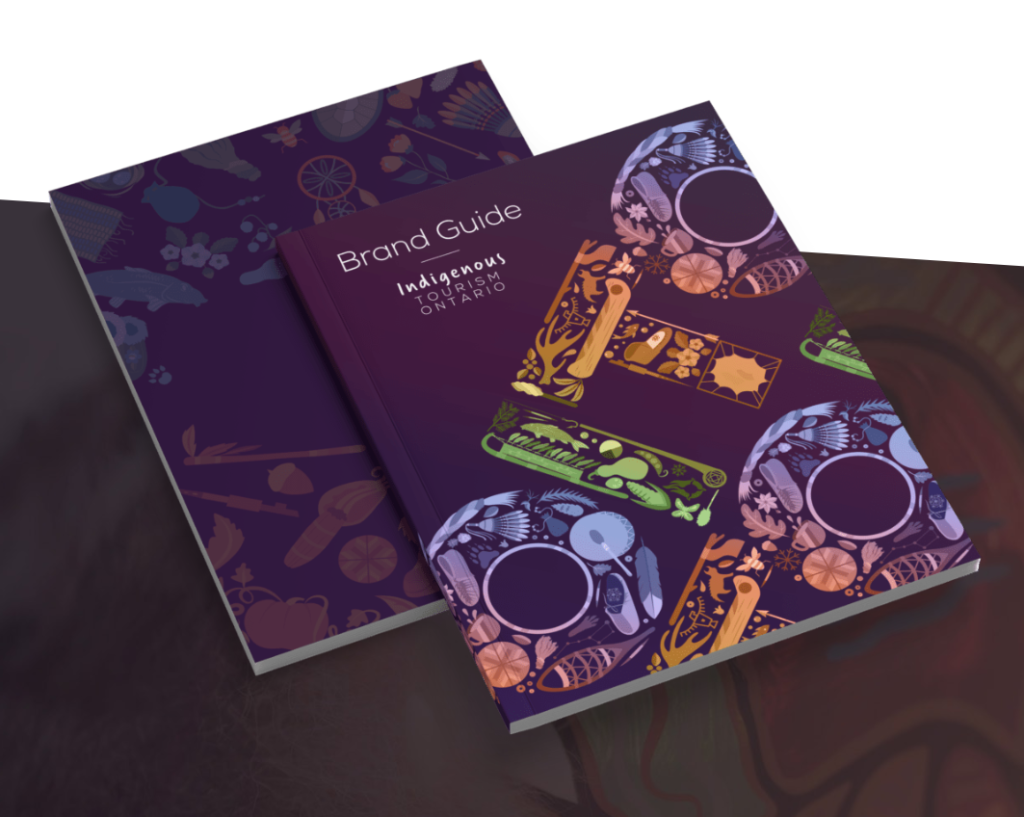In the first week of Baseline shift Spring term, we were joined by Co-founder of Design De Plume, Meggan Van Harten. In this session, Meggan explained her focus on inclusive design and presenting indigenous culture using design as a voice to educate society.

To support Native American schools, John Hopkins University produced a COVID-19 safety toolkit. Design De Plume designed for the toolkit that included infographics and other information, like how to use a self-testing kit. https://deplume.ca/johns-hopkins-university
Representation through design
Design De Plume is invested in authentic indigenous artwork and the culture surrounding it. Working with indigenous audiences and informing people on more than 600 First Nations who speak 50 languages are Design De Plume’s main intentions when designing. The company strives to ensure inclusion, accessibility, diversity and equity in all design projects, and they are proud of being different with their design intentions. From illustrations to web design, the company honours the indigenous groups of Canada and their voices through consultation and how they can present their culture. Inclusive design can help students in approaching a new spectrum of ideas for existing projects. Meggan believes it is necessary to consider all audiences because ‘good design goes beyond what you can see.’
‘Good design is accessible.’ – Meggan Van Harten
 Design De Plume use four lenses that show the four main focuses when collaborating with their clients
Design De Plume use four lenses that show the four main focuses when collaborating with their clients
‘When you design with inclusivity in mind, the results can be beautiful.’ – Meggan Van Harten
Conclusion
Meggan’s perspective into the importance of diversity and how designing for such unique audiences takes an approach that is usually overlooked was inspiring. This presentation taught students how to develop their work into being more inclusive with all audiences in mind.
‘Nice to hear from designers who aren’t British, hearing about different cultural perspectives on design.’ – Part 2 student
‘Considering inclusivity throughout her presentation and design thinking for her work is an interesting perspective when it comes to designing for clients.’ – Part 2 student
‘I valued her idea of inclusivity, the way she introduced herself in an inclusive way to help potentially non sighted people understand her appearance.’ – Part 1 student

